Whoever coined the expression “An RV without electricity is a log cabin on wheels” was absolutely correct. Whether you are living the RV life moving with the seasons or you love to have your own accommodations for every vacation, you need the ability to operate your appliances regardless of where you are. That means powering your life when you are staying at an RV park with utility connections or off the grid at the beach or in the mountains.
To keep the lights on and your oven/stove/water heater running, you need a power converter. Most RVs have one preinstalled, but you may find that your stock converter doesn’t meet your needs. I’ve assembled the following reviews to help you make the best-informed choice whether you are upgrading or replacing your existing RV power converter. Check out what I’ve got for you:
COMPARISON CHART
| IMAGE | PRODUCT | |
|---|---|---|
  |
1. Powermax PM 3-55LK 110 Volt to 12 Volt DC Power Supply Converter
|
LEARN MORE ► |
 |
2. Progressive Dynamics PD9260CV
|
LEARN MORE ► |
 |
3. WFCO WF-9855 WF-9800 Series
|
LEARN MORE ► |
 |
4. Arterra WF-8955 MBA Main Board Assembly
|
LEARN MORE ► |
 |
5. Go Power! GPC-55-MAX 55 Amp 4-Stage Converter
|
LEARN MORE ► |
OUR TOP 5 PICKS
#1 Powermax PM 3-55LK 110 Volt to 12 Volt DC Power Supply Converter
Specifications
| Input | 120 VAC, 60hz |
| Output Current | 55 ADC |
| Output Voltage | 13-16.5 VDC |
| Dimensions | 9.5” x 7.8” x 3.5” (241 mm x 198 mm x 89 mm) |
| Weight | 7.0 lbs |
Features
- 3-stage smart charging
- Adjustable fixed voltage (13VDC – 16.5VDC)
- SwitchMode technology
- Fixed power supply mode
- Quiet, variable-speed internal cooling fan
- LED status indicator
High-end, three-stage charging capable converter that provides clean, stable charging power for battery banks in any environmental conditions.
Powermax is your best bet if you are looking to install one or more power converters in your RV, and then never think about them again. The PM3-55LK is rock-solid, reliable, air-cooled via an internal cooling fan, and can be stacked in series or parallel to best suit your RV’s power needs.
- WHAT WE LIKE
- WHAT WE DON’T LIKE
- PROS/CONS OVERVIEW
The best characteristic of the PM3-55LK is its versatility. Thanks to the three-stage charging system, it can safely recharge and condition any type of RV battery bank. The internal cooling via variable speed fan also allows it to function optimally regardless of how hot or cold it is outside. Best of all, this converter has multiple electrical fail-safes to protect you and your RV in the unlikely event that there is a malfunction such as a current spike, voltage surge or overheating.
I have two complaints regarding this converter, but they are going to be seen as minor gripes by most experienced RV folk. First, the cooling fan is way louder than advertised. I’m not sure if it’s just the pair of converters I got or the hot weather, but the noise when operating at max fan speed was fairly substantial when the electrical wall panel was not in place. If fan noise bothers you, have a solution in mind to manage that before you buy a PM3.
Second, and I admit this is me being picky, is that the owner’s manual is very poorly written. If you have little to no experience installing electrical gear in an RV or you are not knowledgeable about electrical work in general, this owner’s manual isn’t going to be much help.
Pros
- Three-phase charging versatility
- Can be wired in series or parallel
- Multiple failsafes against equipment failure
Cons
- Cooling fan can get very loud when the converter heats up
- Owner’s manual is not very helpful with installation or setup
#2 Progressive Dynamics PD9260CV
Specifications
| Input | 105-130 VAC, 1,000 Watts |
| Output | 13.6 VDC, 60 Amps |
| Dimensions | 9.15” x 7.38” x 3.6” |
| Weight | 5.8 lbs. |
Features
- Built-in Charge Wizard.
- Variable speed intelligent Cooling Fan
- High Voltage Protection
- Reverse Battery Protection
- Low line Voltage Protection
- Electronic Current Limiting
This converter from Progressive Dynamic comes with some handy little extras that make it more convenient to use and install. Additionally, it also offers the best cost to value ration. The convenience features do have their drawbacks, but on the whole the PD9260C was a strong contender for the top spot on our list.
- WHAT WE LIKE
- WHAT WE DON’T LIKE
- PROS/CONS OVERVIEW
Right out of the box, the first thing I noticed was that this converter has a 12-volt DC accessory port like the 12-volt ports found in the cab of any car, pickup or SUV. If you need to run an accessory like a low-wattage AC inverter off your converter’s power supply, the accessory port makes it much easier than wiring your inverter or other accessory into the DC power grid.
Additionally, there is a port for an accessory pendant to manually control the voltage and turn the unit on and off. It’s significantly easier than having to open your electrical panel every time you need to make a voltage adjustment or shut the converter off when you don’t need it.
Finally, the safety features on this converter are top-notch. No matter what type of electrical problem crops up, you can rest easy in the knowledge that your converter will shut down safely without causing a fire hazard.
The overall quality control for Progressive Dynamics leaves something to be desired. I have seen a number of customer reviews here and there online from customers that received non-working units out of the box. They exchanged them and had no further issues, but it did come up in review searches fairly frequently.
Another significant complaint is that the PD9260C generates a loud buzzing noise when in operation. It’s definitely not the cooling fan (I can confirm that), but it does occasionally seem to emit a sound that resembles a 60Hz hum from a fluorescent light. It doesn’t appear to affect audio equipment, but I found the complaint often enough to include it in my review.
Pros
- Accessory port
- ChargeWizard technology for safe, stable battery bank charging
- Accessory pendant input for easy remote control
Cons
- Progressive Dynamics needs to focus on better quality control
- Mystery humming noise
Video
#3 WFCO WF-9855 WF-9800 Series
Specifications
| Input Voltage/Hz | 105-130 VAC, 60 Hz |
| Output Current | 55A |
| Output Voltage | 13.2 – 14.4V DC Range |
| Absorption Mode (Nominal Voltage) | 13.6V DC NV |
| Bulk Mode (Quick Charging Voltage) | 14.4V DC QCV, 13.2V DC (trickle charge voltage) |
| Dimensions | 5.9˝ wide; 3.9˝ high; 8.6˝ deep |
| Weight | 5.50 lbs |
Features
- Fast and easy installation process
- Three-stage charger
- Automatic internal fan cooling
- Open-top, insulated connections
- FCC certified
For RV owners that need to replace a converter while on the road, the WFCO WF-9855 is the ideal solution. It’s a longtime favorite among veteran RVers, and it has a long history of excellent reliability and longevity with minimal malfunction.
- WHAT WE LIKE
- WHAT WE DON’T LIKE
- PROS/CONS OVERVIEW
The best feature by far for this converter is the open top and insulated connectors. Installation or replacement takes literal seconds. All you need to do is remove your old converter, drop the WFCO WF-9855 in its place, and plug in your quick connectors.
The second best feature is the three-stage charger, which allows for float, absorption and bulk charging of coach-based battery banks. It also provides stable DC power for all your onboard appliances when you are operating off the grid without the need for filtering, so it’s an all around standout performer.
More reports of DOA converters when shipped to report for the WFCO WF-9855 I’m afraid. The number of reviews and customer comments I’ve seen around the internet with a quick search confirmed that this is something of a problem for WFCO products.
Many assume it has something to do with the way they pack and ship their products, as there are a number of complaints from customers that their converter arrived with only minimal shipping protection. It may be a vocal minority, but both issues are worth considering before making a purchase.
Pros
- Three-stage charger
- Stable DC power with no filtering
- Fast and easy installation
Cons
- Poor quality control
- Packing and shipping have shown to be problematic
Video
#4 Arterra WF-8955 MBA Main Board Assembly
Specifications
| Input Voltage/Hz | 105-130 VAC, 60 Hz |
| Output Current | 55 A |
| Output Voltage | 13.2 – 14.4V DC |
| Absorption Mode (Nominal Voltage) | 13.6V DC (nominal voltage) |
| Bulk Mode (Quick Charging Voltage) | 14.4V DC (quick charging voltage) |
| Dimensions | 12 3/16″ x 10 7/8″ x 7 1/4″ |
| Weight | 7 lbs |
Features
- Three-stage charging system
- Overcurrent Protection: Yes
- Over Voltage Protection: Yes
- Complete main board and converter wall mount kit
- Over Temperature Protection: Yes
- Reverse Polarity Protection: Yes
Budget friendly three-stage converter for full-time RV owners.
An all-in-one budget solution for RV owners who want a squared-away DC power panel, the Arterra WF-8955 is a great modulare solution that can be expanded or reduced as your RV needs change with time. It will require wall-panel mounting, so I would only recommend purchasing this model if you are very confident in your DIY abilities for modifying your RV.
- WHAT WE LIKE
- WHAT WE DON’T LIKE
- PROS/CONS OVERVIEW
The benefits of having all of your power controls and converters in one place and neatly wired/connected cannot be overstated. Once you have overcome the challenge of installing this wall panel board in your RV, you are pretty much set for life. You can even exchange just the converter or converters as needed.
You are going to be limited to only using the same type and brand of converter with this system unless you rip it out and install a new one. Additionally, installing this panel in your RV could be quite difficult if you have an unusual electrical control system or if your wiring is not similar to the wiring connections for this converter and mainboard system.
Pros
- All-in-one, wall-mounted DC power management solution
- Complete control with stable charging and power both on and off the grid
- Self-contained unit allows for easy exchange of converters.
Cons
- Only compatible with Arterra WF-8955 converters
- Installation is complex and requires both skill and experience
Video
#5 Go Power! GPC-55-MAX 55 Amp 4-Stage Converter
Specifications
| DC Output Voltage (No Load) | 14.4V (DC) |
| Output Voltage Tolerance (No Load) | +/- 0.7% |
| Output Amperage (Max Continuous) | 75 amps |
| Output Voltage (Full Load) Approx | 13.4V (DC) |
| Input Voltage Range | 105-135AC |
| Dimensions | 12”x9”x5” |
| Weight | 7 lbs |
Features
- Four-stage charging
- Full-range overload and temperature protection
- Two year replacement warranty
- Male plugin
- Thermally controlled cooling fan
- Reverse polarity protection
A budget friendly, stand-alone power converter that offers four-stage charging.
I’d recommend the GoPower GPC-55-MAX converter as a stop-gap or backup option. For the record, I do not recommend it for anyone who lives in their RV and depends on DC power frequently. Let me tell you why.
- WHAT WE LIKE
- WHAT WE DON’T LIKE
- PROS/CONS OVERVIEW
The four-stage charger is a great option to have, especially if you have solar panels mounted to the roof of your RV to charge your battery banks during the day. It can handle all the current and voltage you can throw at it easily, and on the whole it is a reliable power converter. It also has excellent safety features and a good reputation for reliability even under a full load.
Here’s my issue with this converter: numerous RV owners have reviewed or commented about the same issue online. Their chief complaint is very worrying: the voltage output fluctuates even when the converter is not under a full load.
For DC powered accessories and appliances, that is some seriously bad news. A drop or a spike at the wrong time can damage your connected gear beyond repair. A severe fluctuation in current or voltage will trip the fail safes, but that doesn’t mean lesser fluctuations can’t cause long term damage that requires expensive repairs or replacement. Thus, I only recommend this converter for the price point and that it makes a good stopgap converter when a better replacement isn’t in the budget.
Pros
- Excellent cost to value ratio
- Four-stage charging
- Compatible with many solar charging systems
Cons
- Reports of power fluctuations even when the unit is not under a full load
- Limited wattage handling compared to similar models
Buyer’s Guide
What size of RV converter do I need?
It all depends on the total wattage draw of the appliances in your RV. The general rule is to have sufficient power converter or converters installed to handle ten to twenty percent more wattage than all the devices in your RV will need. For example, a 1400 watt draw should have a converter or set of converters that can handle 1600 watts.
How does an RV converter work?
In simplest terms, the converter in your RV takes 110-volt alternating current (AC) electrical power from RV hookups and converts it to direct current (DC) power so it can be used by the appliances and accessories of your RV’s mobile electrical system.
Converters use a common electrical component called a step-down transformer, which is a bulky coil of wire that increases resistance and drops the voltage and current down to a usable level for DC-powered electronics and appliances. The resistance used to convert the voltage generates a lot of heat, so converters need a cooling system to prevent overheating that would melt the transformer or start an electrical fire if left unchecked.
How to tell if an RV converter is bad?
The first signs that your converter is failing will be flickering interior lights or dimming of lights on the RV’s dashboard displays. You may also notice that the cooling fan no longer functions or has reduced functionality.
Additionally, the LEDs or indicator lights on the converter itself may no longer illuminate or they will dim/fluctuate as well. If you observe any of these abnormalities, take your RV to a shop or check the output with a multimeter to make sure it is still providing sufficient output.
How to replace an RV power converter?
There is a step-by-step process to replace a converter that involves disconnecting the wiring, extracting the old converter, installing the new one and wiring it back up with the existing connectors.
It’s a fairly easy procedure if you don’t need to do any panel installation or you are replacing the converter with a similar sized model. Upgrading may require a little arithmetic and creative fitting, but it shouldn’t be significantly more difficult since converters and their mountings are
How do you know if your RV converter is working?
The easiest way to tell if your converter is working is to see if your DC accessories and appliances power on without the lights dimming or the electricity shutting off altogether. You will also see illuminated indicator lights on the device itself if it is functioning within its normal range. Last but not least, if you can hear the cooling fan spinning up, that usually means your converter is working because it’s generating heat that is triggering the cooling system.
CONCLUSION
After doing my research and parsing reviews and user feedback, my first choice recommendation is the Powermax PM 3-55LK 110 Volt to 12 Volt DC Power Supply Converter. It has more than enough wattage to handle the needs of the average RV off the grid, and it can safely charge just about any type of battery bank while connected to AC power.
Best of all, it operates with optimal safety features and keeps stable DC power flowing to your RV electrical system no matter when you need it. If you need to replace a converter and want to get an upgrade, definitely consider a Powermax PM 3-55LK 110 Volt to 12 Volt DC Power Supply Converter. You just can’t beat the performance for the price.

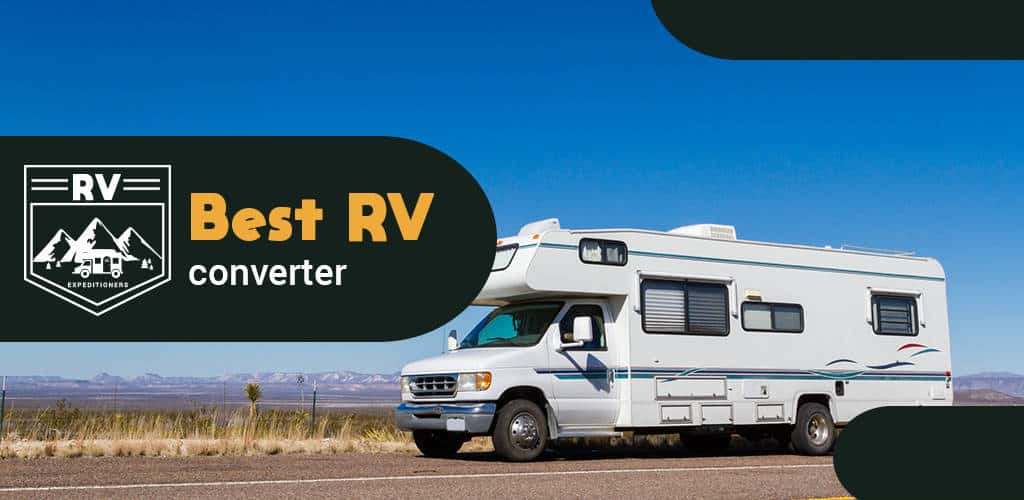


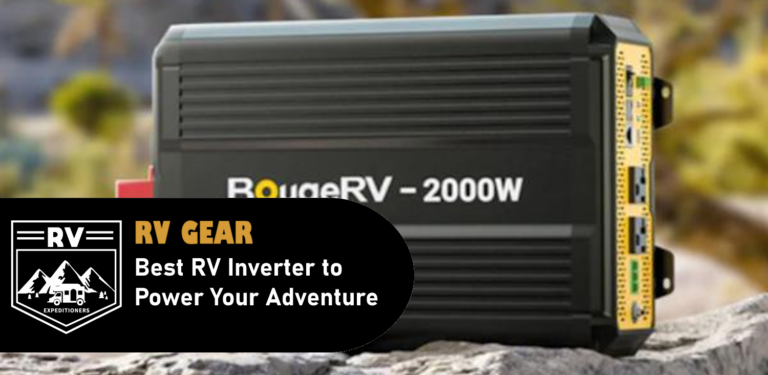





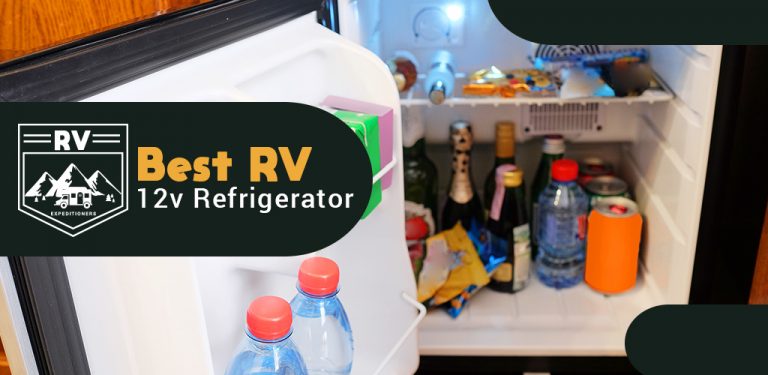

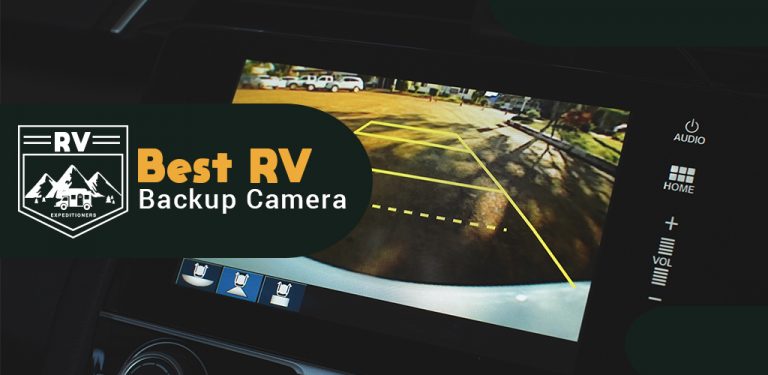
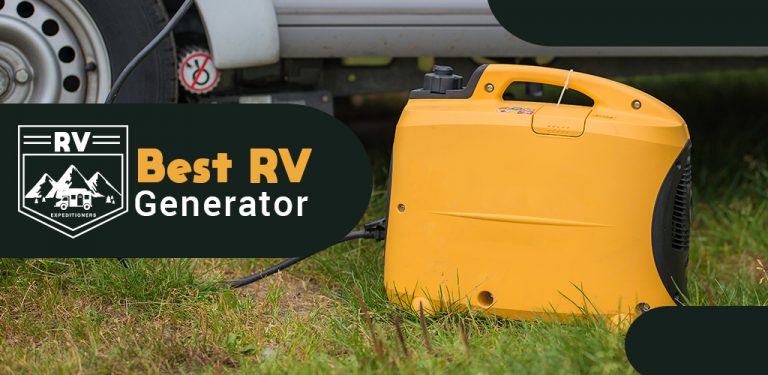
0 Comments